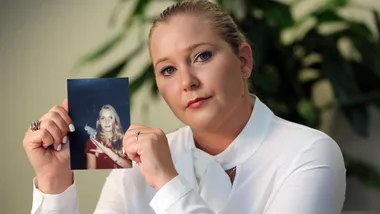You may have heard of ‘the glass ceiling’, an invisible barrier that prevents women and people from minority backgrounds from rising into senior leadership. While there has been an increase of female CEO’s and executive representation it remains low (in 2022 there were 14 female CEOs amongst Australia’s top 200 companies). The gender pay gap and workplace gender equality remains woefully out of balance.
Pay inequality is widely reported, but what many may not know is that the deficit aggregates over time into a wider, systemic gap in women’s retirement balances.
This happens for a number of reasons, including:
- Unconscious bias during the education years and during career selection
- Lack of pay equity in the workplace
- Gender based promotion and development opportunities
- Unbalanced domestic caring responsibilities

According to Aware Super, a superannuation company that has launched an investigation into the gap, women will miss out on $93,000 dollars in their super by retirement.
The report launches on Equal Pay Day, which for 2023 sits on August 25, 2023, delineating the 56 extra days women work after the end of the financial year to make up the difference caused by the gender pay gap.
Equal Pay Day aims to bring awareness to the fact that as of 3:57pm, every working day, women are effectively working for free (until 5pm), given the 13 per cent pay gap.
This, of course, varies by sector. The health sector is one of the worst, with an infamous 21 per cent pay gap – making pay gap o’clock 3:19pm. Finance is similar on 19.2 per cent, while education sits on a 9 per cent gap.
How Does Superannuation Compound?
Let’s look at two financial case studies projected in the Aware Super report, to see how women are losing nearly 100K by retirement.
If one woman has worked part-time for two years while she raises young children, she will lose, on average, $35,000 in income and $4,200 of pre-tax superannuation.
By the time she gets to retirement this will have compounded, marking a $7,000 loss in superannuation. If she’d worked part-time for six years, that jumps to $21,000 in missed super by retirement.
Does Maternity Leave Impact Superannuation?

While work contracts stipulate that employers must allow maternity leave, there is a lot less effort put into protecting the superannuation interests of new mothers.
In fact, if a mum decides to take six months off with her first baby, she will miss out on $9,000 of super by retirement. Two babies equates to $18,000 and three babies $27,000.
Unconscious Bias In The Workplace
While these statistics offer stark representation of the financial deficit women face at the end of their working careers, it’s the why that is important.
The report hopes to outline and address the so-called ‘five closed doors’ that women face in the lead up, during and at the end of their careers. These include: Education (including access and encouragement of women in STEM), Career Choice (breaking gender perceptions of career path), Gender Pay Gap (tackling the 13 per cent average gap), Caring (changing perceptions of women as primary carers) and finally Public Sector (making parental leave more equal).
According to Aware Super chief executive and WGEA Pay Equity Ambassador, Deanne Stewart, “We need to talk about the Gender Retirement Gap. But before we do, we need to talk about visibility, accessibility and the underlying issues of unconscious bias, cultured norms and stereotypes that result in the five closed doors women face.
“In 2023 we need to recognise that these persistent gaps based on gender aren’t about a silent conspiracy to underpay women so much as an insidious, unconscious bias in the way we build and maintain our education and employment systems and culturally the roles men and women play in society.”










